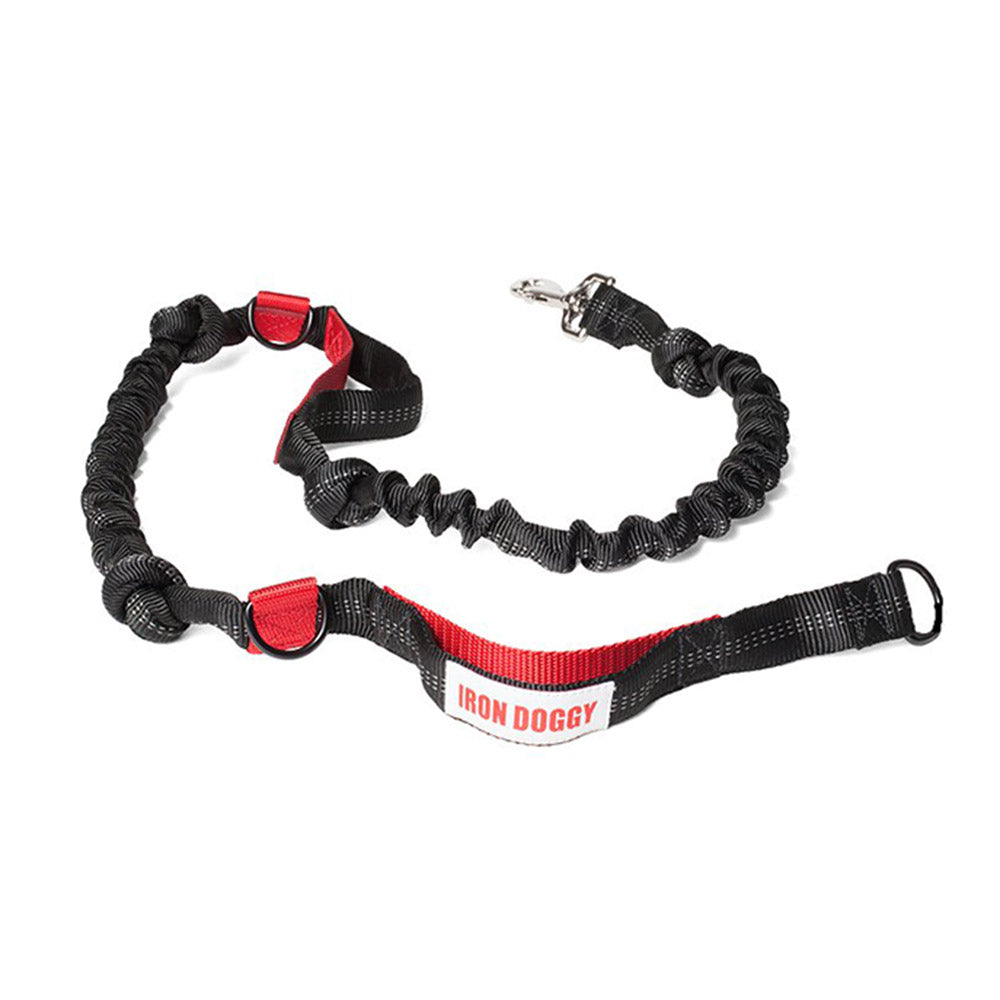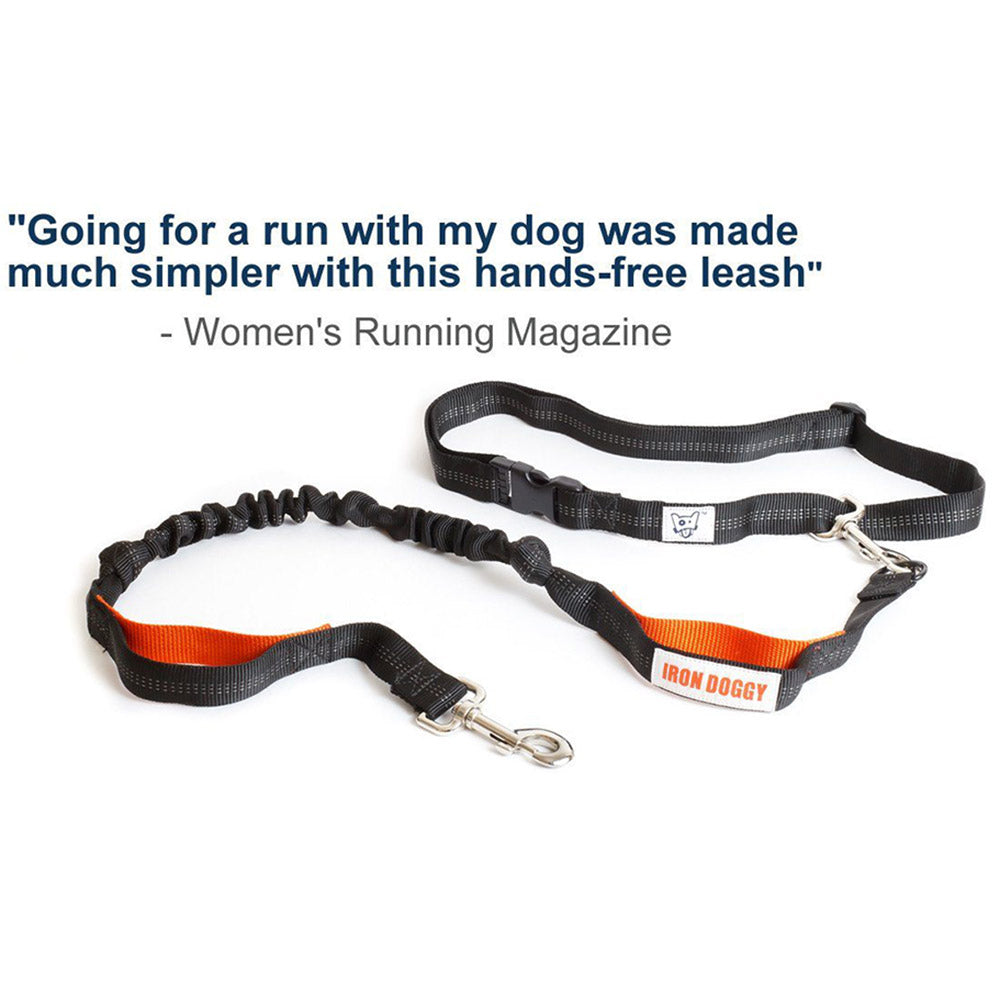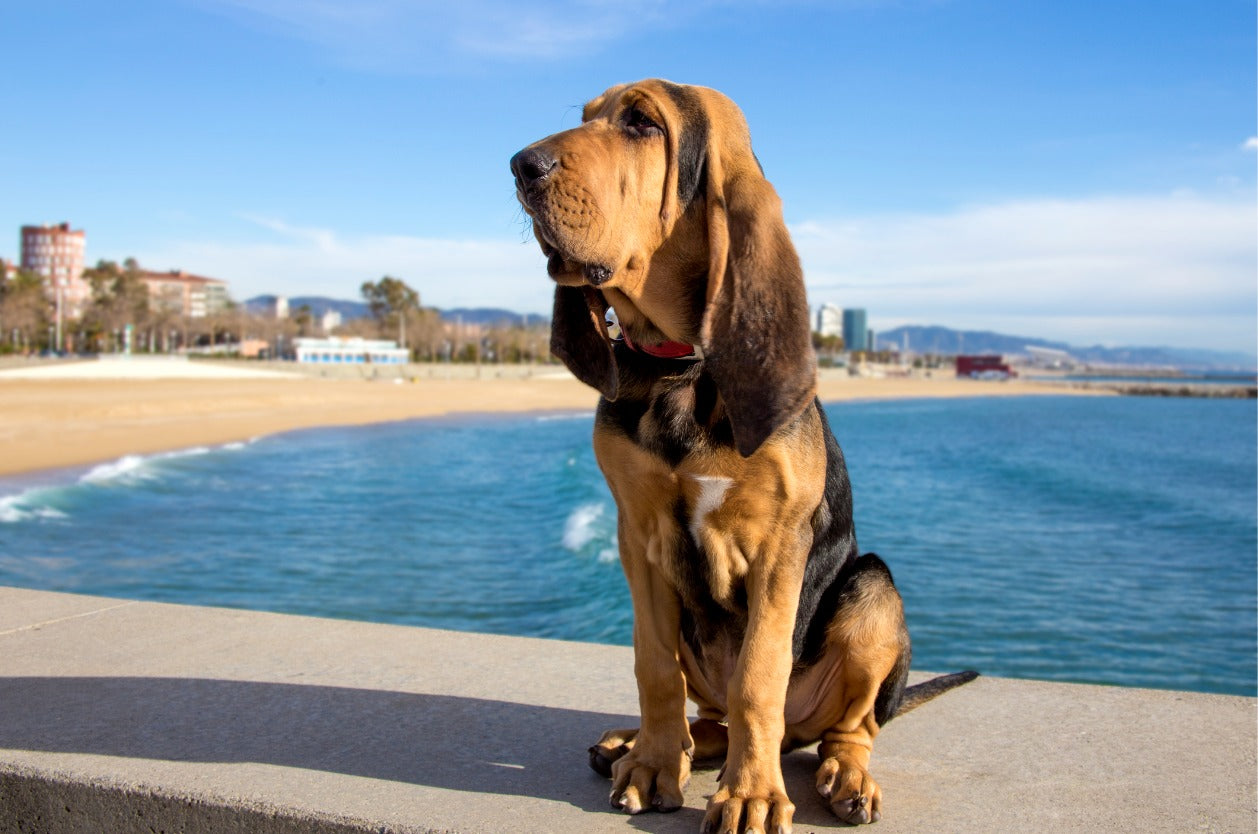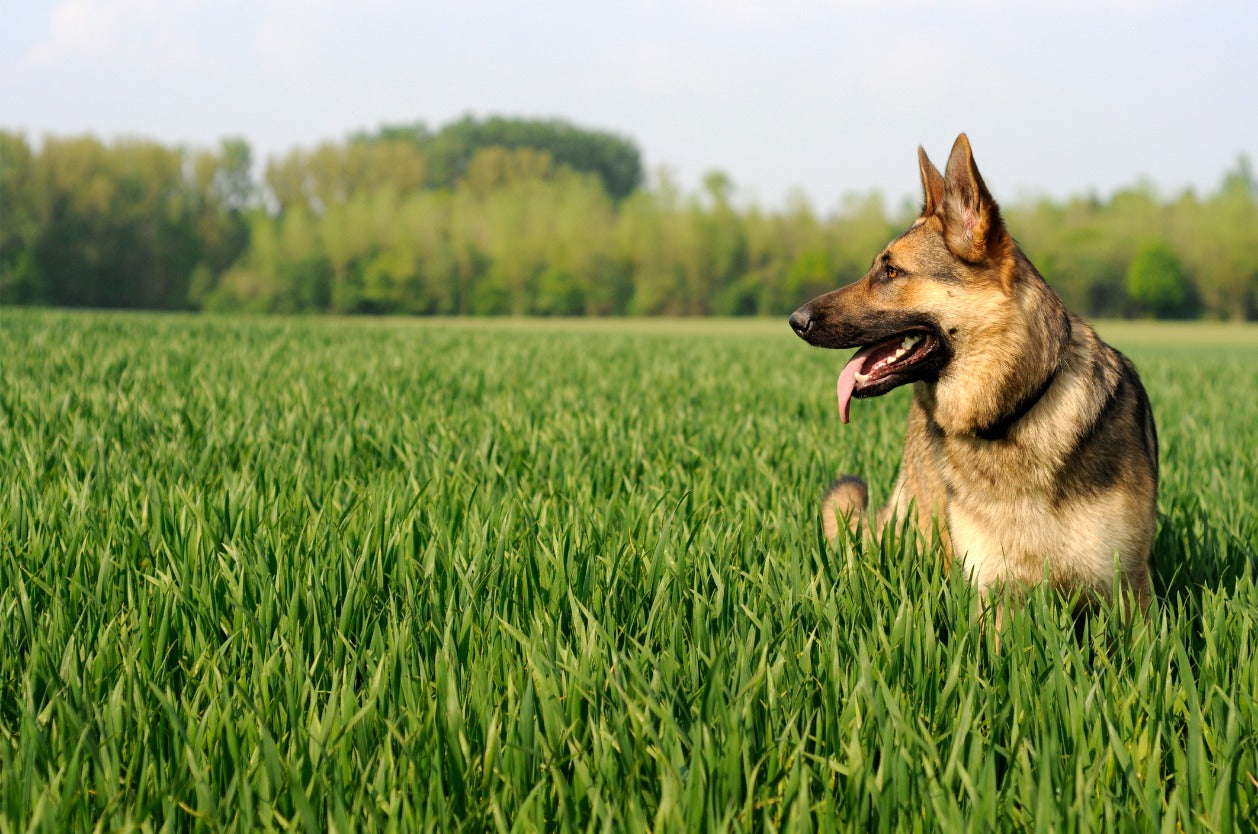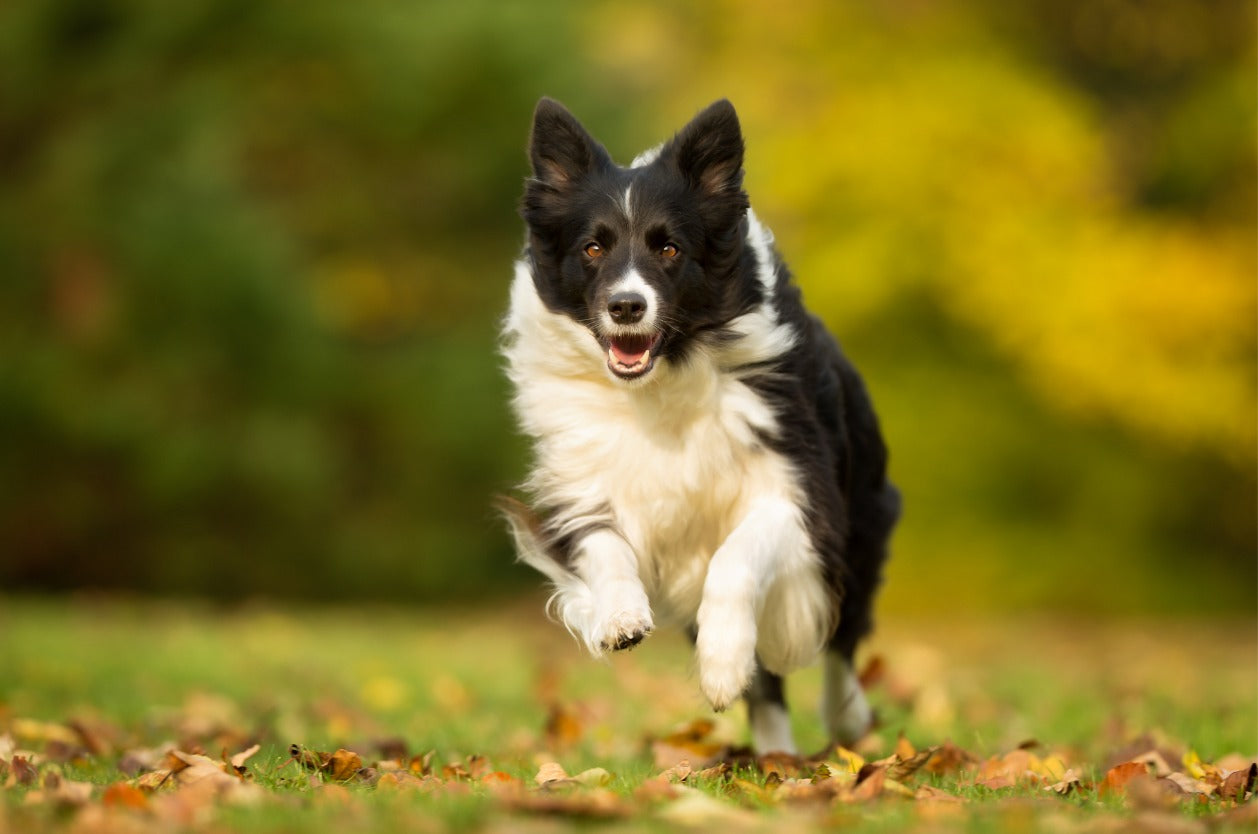
We've all seen those awesome videos of a dog riding a skateboard and wondered, "How did they ever teach their dog to do that?" Well, let's find out! This guide will explain the essential equipment you'll need for safe and proper skateboarding with your dog. We will also show you how to teach your dog to chill around a skateboard before he actually gets on one.
After he's comfortable hanging out with a skateboard, he'll learn how fun (and tasty!) it is to get on the board. Finally, he'll learn the joys of doggy skateboarding with his best buddy by his side.
Is Skateboarding Right for Your Dog?
Skateboarding is a great exercise for your dog's mind and body. However, safety should always be a pet owner's first priority. So before you get too excited at the idea of skateboarding with your dog, consider whether he has the right physique, physical condition, and temperament to get on a moving board.
There's a reason why you see so many bulldogs and other short, stout breeds riding a board. That low center of gravity gives those breeds an advantage over a taller, lankier breed like an Afghan Hound or Great Dane. Petite breeds such as Toy Poodles or Pomeranians might also have a difficult time mastering a skateboard. They may not even be able to reach the deck!

Before deciding to teach your dog to skateboard, ask yourself the following questions.
- What breed is your dog and is that breed prone to back or leg injuries?
- How old is he? (Young puppies and older dogs should generally avoid physically demanding sports.)
- How large is he? Can he safely reach the board or will his paws even fit on it?
- Is he generally athletic and in good physical condition?
- Does he have any medical conditions or previous injuries that could affect his safety?
- Is he scared or intimidated by things that move suddenly?
- Does he have enough obedience training to follow commands such as touch, step up, stay, and with me?
Getting the Right Equipment
Having the right equipment will make all the difference in your success at training a skateboarding dog sensation. The following aren't absolutely essential, but they'll sure make skateboarding with your dog a lot easier!
- Old-school skateboards (the kind with a nice wide deck and fat, gummy wheels) are ideal for a larger dog that's just starting out on his skateboarding adventures. The wider deck gives him more room to get comfy and the gummy wheels will help smooth out the bumps.
- If you're buying a new board specifically for training your pup, opt for an adjustable board. That way, you can start with a tightened-up board that doesn't rock back and forth while your pup is still learning.
- A piece of carpet firmly glued to the deck will give your dog better traction and a ride that's more comfortable on his paws.
- Get an awesome hands-free leash that lets you remain in control of your dog while having your hands free for guiding, steadying, and treating him.
- Speaking of treats... Get plenty of small, tasty treats because you're going to need them!
- A clip-on treat pouch means you can keep a bunch of those treats nearby. It also avoids pockets full of messy crumbs at the end of each training session!

Chilling with a Skateboard
Many dogs are leery of things with wheels, whether it's a stroller, bike, wheelchair, or skateboard. So, the first step in skateboarding with your dog is to get your best friend comfortable just being around one. The best way to tackle this is with treats — lots of treats! Set the skateboard on a level surface and block the wheels in case your pet gets a little too curious. Then give your pooch a treat and praise him if he shows any interest in this fun new plaything.
Praise him for sniffing, nudging, licking (not chewing!), or having any other positive interaction with the board. The idea is to get him to associate good things with this strange new object. Once he's comfortable with the board, move it very slowly back and forth. Keep praising and treating him as he gets used to the idea of it moving.
Actually Getting on the Skateboard
Now block all four wheels so there's no chance of it moving or tipping over once your doggo gets on it. Stand on the skateboard and encourage your dog to join you with at least one paw. This can take some time, so be patient and keep those treats handy. Once your pet is comfortable joining you on the board, try stepping off while encouraging him to stay on.
Eventually, your dog should look forward to standing on the board with all four feet. That's when you'll know it's time to start moving. Move slowly at first and stay in contact with your pet. Remember, if your dog gets frightened at this stage, he might never get back on. So go slow, give him plenty of praise and treats for staying on, and stop before he gets tired or bored.
Once your pet is adept at staying on the board, you can loosen the trucks a little to make it easier for him to develop his balance and learn to turn. Now's the time to teach him to push with a hind paw by rewarding him every time he puts one on the ground. Pulling the board forward whenever a hind paw is on the ground should help him catch on more quickly.
Your dog may be one of those who learn to push and turn best by watching their human partner. He'll definitely pick up on your enjoyment and that can encourage him to enjoy skateboarding, too. After all, if his best friend is having fun why wouldn't he want to join in?

Keeping Your Pet Safe
Skateboarding with your dog can be very dangerous if you're not careful. While your pet probably won't be doing any grind and slide tricks, he also won't be looking out for rocks or cracked pavement in his path. Cars pose an even bigger danger since most dogs don't know how to watch for them or judge their speed. And steep hills — well that's a whole other danger!
As your pet's best friend, it's your responsibility to watch out for potential dangers and steer your pal away from them. A really great hands-free leash will make this a lot easier since you'll have both hands available to guide your dog along the safest path and away from dangers.
Now that your dog knows how to ride (and enjoys it!), it's time to get out there and have some fun. For more tips on having a great time with your best friend, visit our Dog Blog. And don't hesitate to send us a woof if you have questions about skateboarding with your dog or training him with a hands-free leash.


